Blog

Tips for Traveling with Spinal Conditions
Traveling with a spinal condition can present unique challenges, but with proper planning and preparation, it’s entirely possible to have a comfortable and enjoyable journey.
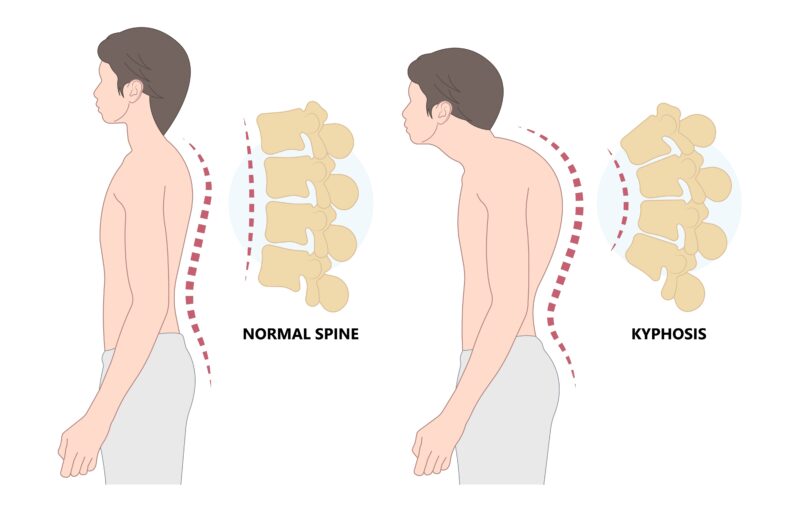
Kyphosis: Causes, Symptoms, and Treatments
Kyphosis, commonly recognized by its characteristic rounding of the upper back, is a spinal condition that can significantly impact an individual’s posture and overall well-being.

Managing Spinal Arthritis: Lifestyle and Treatment Options
Spinal arthritis, a condition characterized by inflammation and degeneration of the joints in the spine, affects millions of people worldwide, significantly impacting their quality of

Understanding the Link Between Spinal Health and Headaches
Headaches are a common ailment that many people experience, often attributing them to stress, dehydration, or lack of sleep. However, there’s an often-overlooked connection between
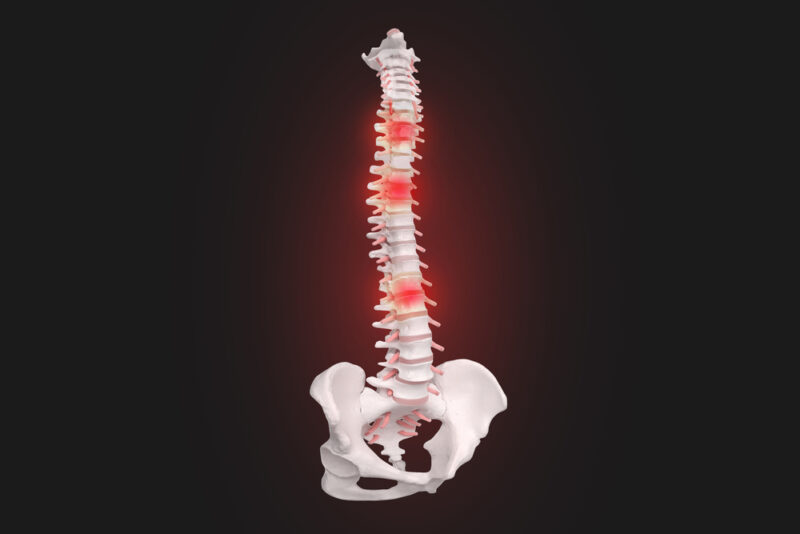
How to Prevent Spinal Degeneration as You Age
As we age, maintaining spinal health becomes increasingly important to ensure a good quality of life and to prevent the discomfort and limitations associated with
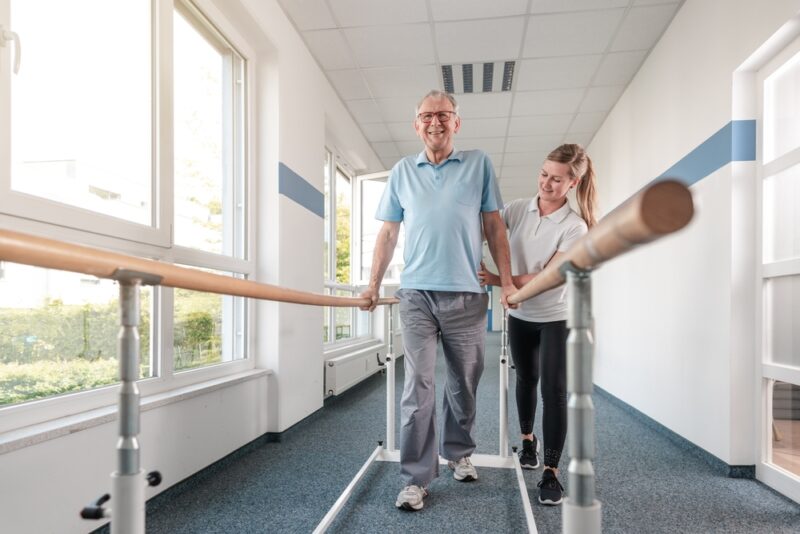
Recovering from Spinal Surgery: Tips for a Successful Recovery
Recovering from spinal surgery is a crucial phase that significantly impacts long-term health and mobility. Whether you’ve undergone a laminectomy, spinal fusion, or discectomy, the
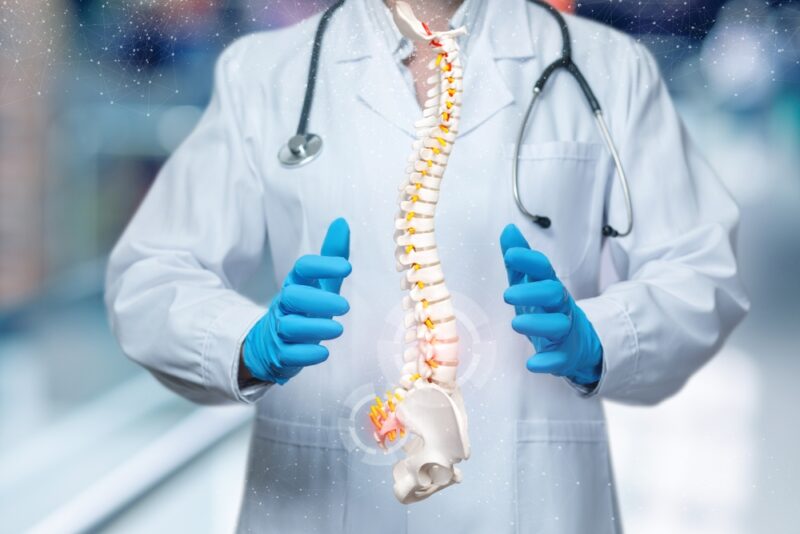
Myths and Facts About Spinal Surgery
Spinal surgery, often surrounded by misconceptions and uncertainties, plays a crucial role in addressing various spinal conditions and improving quality of life. However, navigating the

Spinal Injections for Pain Management: Types and Effectiveness
Spinal health plays a crucial role in our overall well-being, influencing everything from mobility to quality of life. When it comes to managing spinal pain,
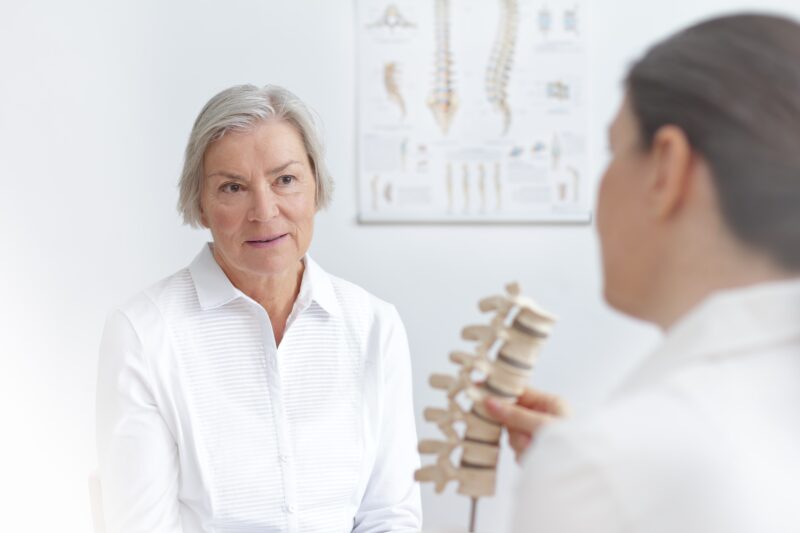
Spinal Stenosis: Symptoms, Causes, and Non-Surgical Treatments
Spinal stenosis, a condition characterized by the narrowing of spaces within the spine, can lead to significant discomfort and mobility issues, particularly in older adults. This blog post will delve into the nuances of spinal stenosis, focusing on its symptoms, underlying causes, and the non-surgical treatments available to manage this often debilitating condition. Whether you are personally affected or caring for someone with spinal stenosis, understanding these aspects is crucial for effective management and maintaining quality of life. By exploring non-surgical options ranging from physical therapy to lifestyle modifications, we aim to equip you with the knowledge needed to navigate this condition more effectively.
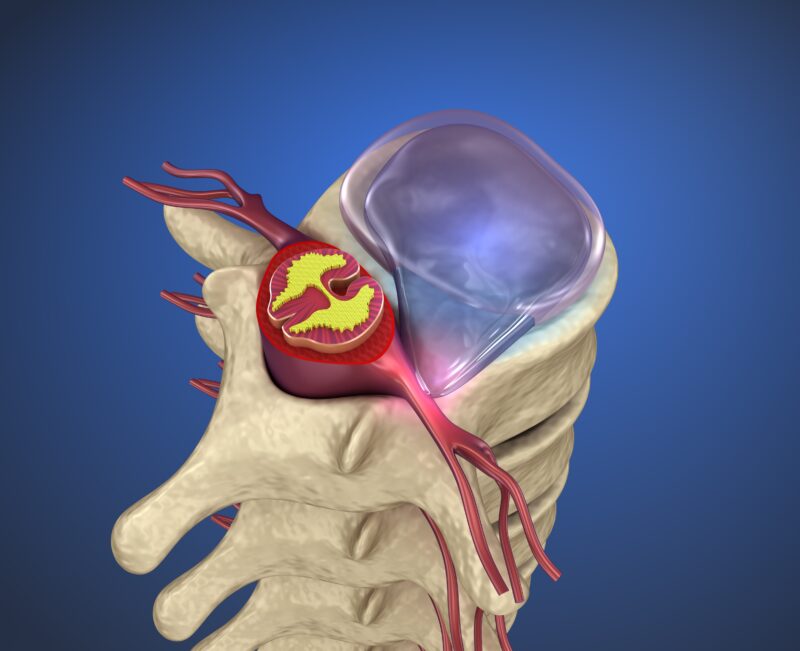
Understanding Herniated Discs: Causes, Symptoms, and Treatments
A herniated disc, often referred to as a slipped or ruptured disc, is a prevalent yet frequently misunderstood condition that affects the spine. In this blog, we’ll delve deep into the causes, symptoms, and various treatment options for herniated discs to demystify this complex spinal disorder. Understanding the anatomy of the spine, the mechanics behind disc deterioration, and the resulting symptoms is crucial for both patients and caretakers. By exploring how herniated discs can impact different regions of the spine and the potential consequences of untreated cases, we aim to provide valuable insights that can aid in managing and potentially alleviating this painful condition. Whether you’re suffering from a herniated disc or just interested in spine health, this guide will equip you with the knowledge needed to navigate the challenges associated with this disorder.

Scoliosis in Adults: Treatment Options and Support
Scoliosis, a complex spinal deformity characterized by a sideways curvature of the spine, is not just a condition affecting children; it is also prevalent among adults. While adolescent scoliosis often garners more attention, adult scoliosis can significantly impact one’s quality of life through pain, reduced mobility, and other health challenges. This blog aims to explore the various facets of adult scoliosis, including its types, symptoms, diagnosis, and the range of treatment options available. Understanding these aspects is vital for managing the condition effectively and improving overall well-being. Here, we will also highlight supportive resources and coping strategies to assist adults living with scoliosis in leading more comfortable and fulfilling lives.
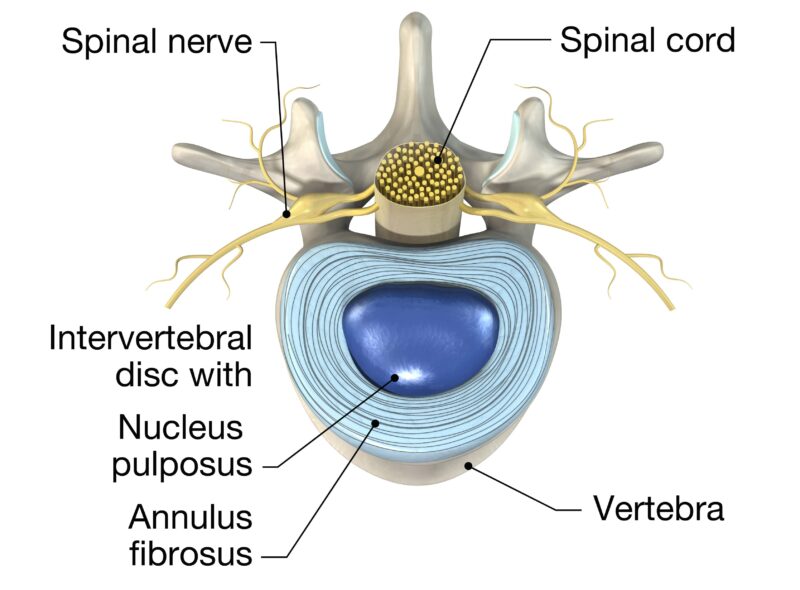
Problems Affecting the Spinal Discs: What You Need to Know
The spine is an intricate structure composed of bones, muscles, and ligaments, pivotal in providing support and flexibility to the human body. Central to this function are the spinal discs, which act as shock absorbers between the vertebrae, allowing for smooth movements and helping bear the body’s weight. However, these discs can succumb to various issues, such as herniation, degeneration, and bulging, leading to discomfort and debilitating pain. Understanding these common spinal disc problems is crucial for effective prevention and management. In this blog, we’ll delve into the anatomy of spinal discs, explore the symptoms and diagnostic methods for different disc issues, and discuss a range of treatment options from physical therapy to surgery, aiming to provide valuable insights for those suffering from this challenging condition.
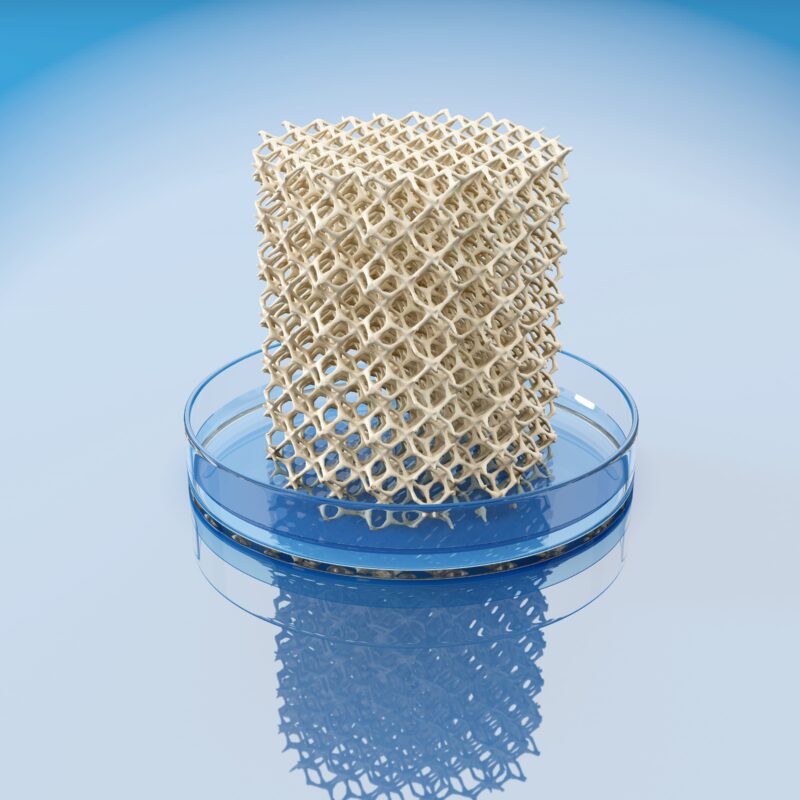
Osteoporosis and Spine Health: Prevention and Treatment
Osteoporosis, a silent yet pervasive condition, significantly impacts spine health, leading to debilitating consequences if left unchecked. Characterized by porous and fragile bones, osteoporosis makes individuals prone to fractures, particularly in the spine, which can result in severe pain and reduced mobility. With the spine acting as the body’s central support structure, its vulnerability to osteoporotic damage underscores the need for vigilant prevention and management strategies. This blog delves into the intricacies of osteoporosis and its implications for spinal health, highlighting the importance of early detection, preventative measures, and the latest treatment options. Through a comprehensive exploration of causes, symptoms, and innovative treatments, we aim to equip readers with the knowledge and tools necessary to safeguard their spine health against the stealthy advance of osteoporosis.

Ergonomics at Work: Protecting Your Spine in the Office
Ergonomics, the science of designing the workplace to fit the user, is crucial for maintaining spinal health, especially in office settings where sedentary habits prevail. Prolonged sitting and poor posture can lead to a host of spinal problems, including chronic back pain, herniated discs, and tension neck syndrome. This blog will explore the fundamentals of spinal health, identify ergonomic risk factors prevalent in office environments, and provide actionable advice on creating an ergonomically friendly workspace. By understanding and applying ergonomic principles, employees and employers alike can prevent spinal injuries and promote a healthier, more productive work life.
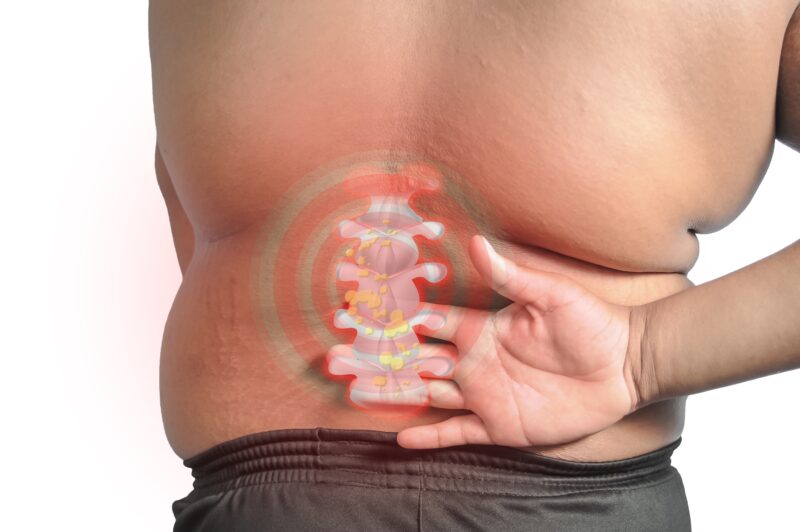
The Impact of Obesity on Spine Health
Obesity is a growing global health concern that significantly impacts various aspects of physical well-being, including spinal health. The spine, a crucial structure in the human body, supports and facilitates our movements, and is essential for overall body function. However, the excessive body weight associated with obesity places undue stress on the spinal column, leading to a range of complications. This blog will explore the intricate relationship between obesity and spinal health, shedding light on the mechanical, metabolic, and postural challenges that excess weight imposes on the spine. By understanding the risks and identifying the preventative and management strategies, individuals can take proactive steps towards maintaining a healthy spine, thereby enhancing their quality of life.
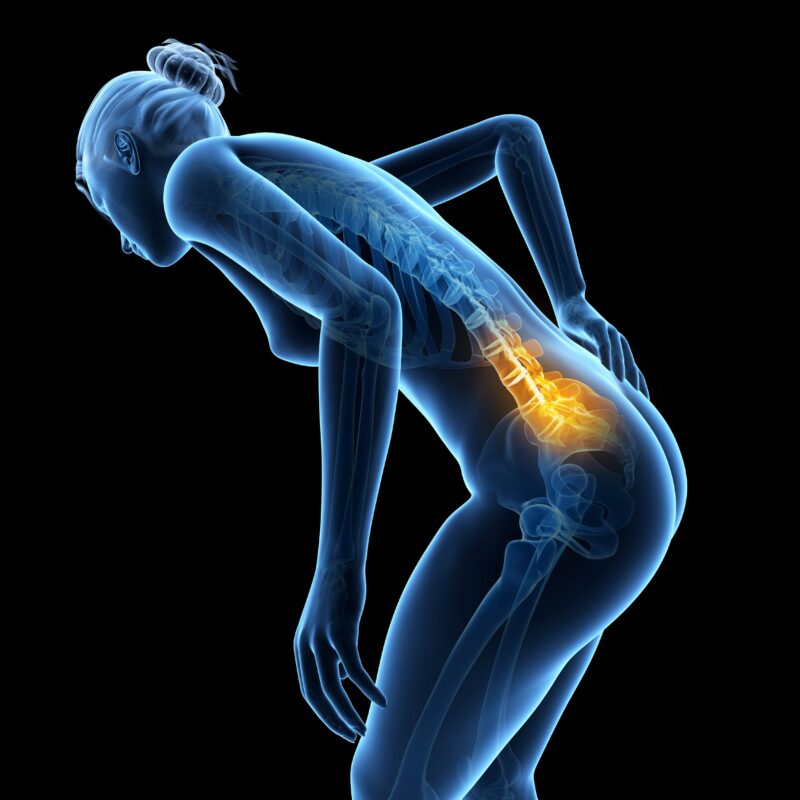
How to Manage Chronic Back Pain: A Comprehensive Guide
Chronic spinal pain, a condition that plagues countless individuals globally, profoundly affects one’s daily life and well-being. Navigating the complexities of this persistent ailment, which can stem from various spinal issues like herniated discs, arthritis, and spinal stenosis, necessitates a comprehensive and informed approach. This guide delves into the intricacies of managing chronic spinal pain, offering a detailed exploration of its causes, diagnostic processes, and a spectrum of treatment options. Aimed at enhancing understanding and providing practical solutions, this comprehensive guide serves as a beacon for those seeking to alleviate their spinal pain and improve their quality of life.
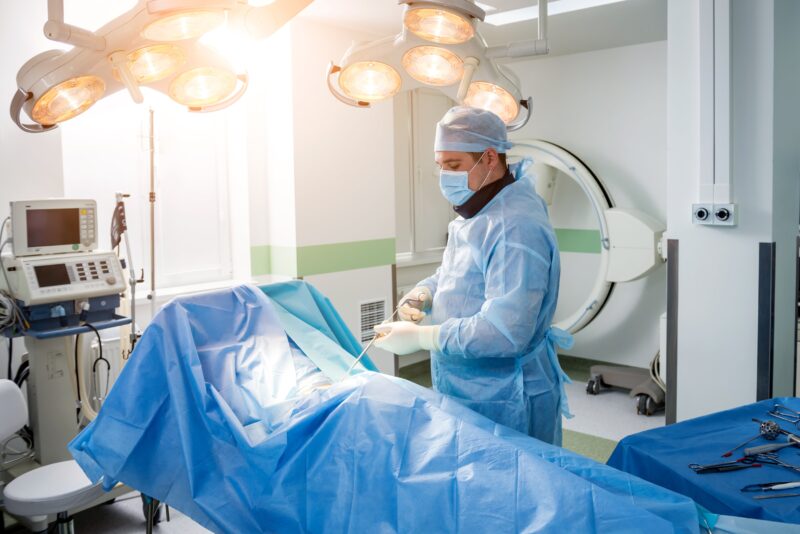
Exploring Minimally Invasive Spine Surgery: Benefits and Procedures
Spine surgery has evolved significantly over the years, transitioning from traditional open procedures to the more advanced and less invasive techniques that characterize modern practices. Minimally Invasive Spine Surgery (MISS) represents a groundbreaking shift, offering a promising alternative that minimizes tissue damage, reduces pain, and accelerates recovery. This blog delves into the intricacies of MISS, shedding light on its myriad benefits and the various procedures it encompasses. By exploring the technological advancements that have made MISS a reality, and understanding the patient experiences and outcomes associated with these procedures, we aim to provide a comprehensive overview of this innovative approach to spine care, offering valuable insights for those considering or curious about these surgical options.
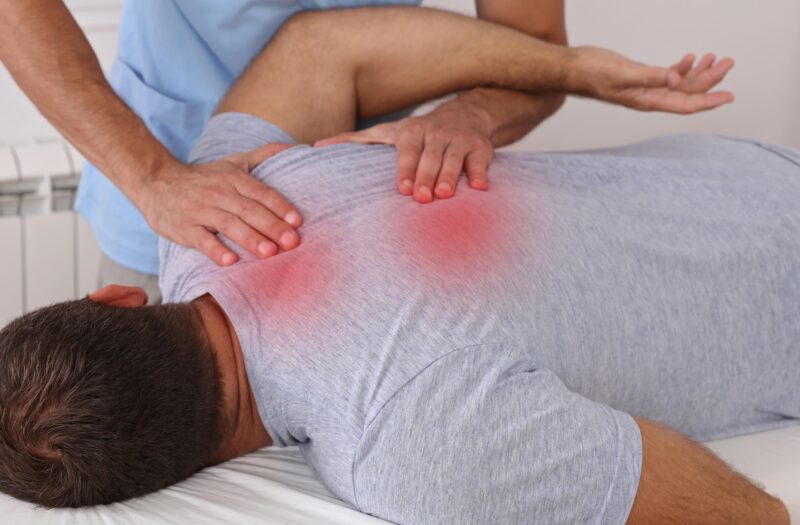
The Role of Physical Therapy in Spinal Rehabilitation
The spine serves as the backbone of the human body, not just in its structural role but also as a critical component of our overall health and mobility. Given its importance, the rehabilitation of spinal conditions through physical therapy stands out as a vital aspect of healthcare. Physical therapy plays a pivotal role in helping individuals recover from a range of spinal disorders, from acute injuries to chronic degenerative diseases. This blog delves into the intricacies of spinal rehabilitation, highlighting the various physical therapy techniques employed to alleviate pain, restore function, and enhance the quality of life for those afflicted with spinal ailments. By understanding the multifaceted approach of physical therapy in spinal care, individuals can embark on a journey towards optimal spinal health and improved well-being.
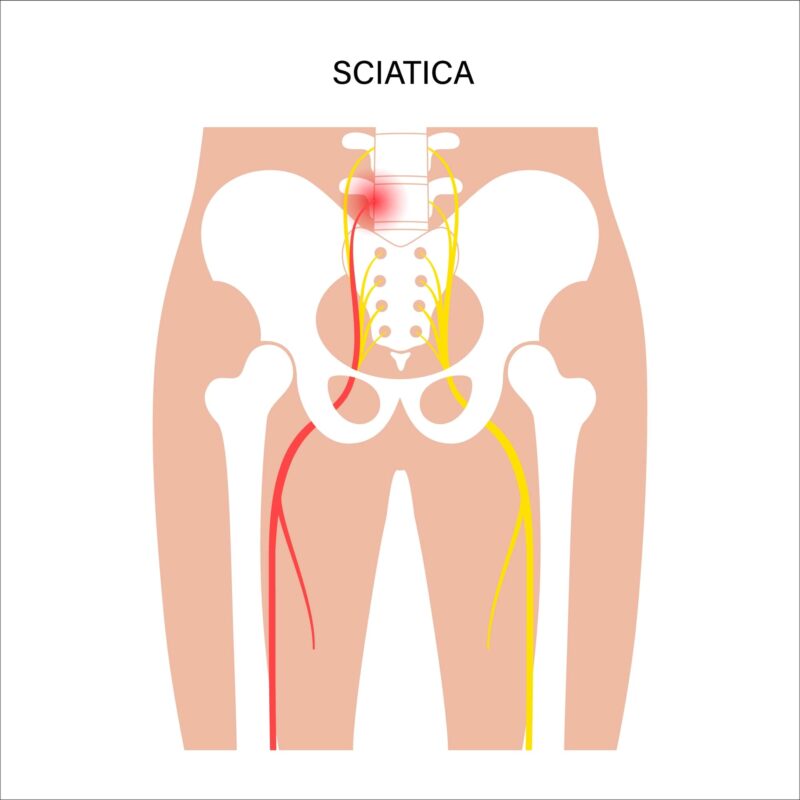
Non-Surgical Treatments for Sciatica: What You Need to Know
Sciatica, characterized by pain that radiates along the path of the sciatic nerve, can significantly impact daily life. Originating in the lower back and extending through the hips and buttocks down each leg, sciatic pain often arises from nerve compression. Accurate diagnosis is crucial for effective treatment, as the underlying cause of sciatica can vary from herniated discs to spinal stenosis or muscle tension. While many immediately fear surgery, a multitude of non-surgical treatments offer relief and can effectively manage symptoms. This blog delves into these non-surgical options, detailing their benefits and practicalities, and also discusses the circumstances under which surgery might become a necessary consideration.
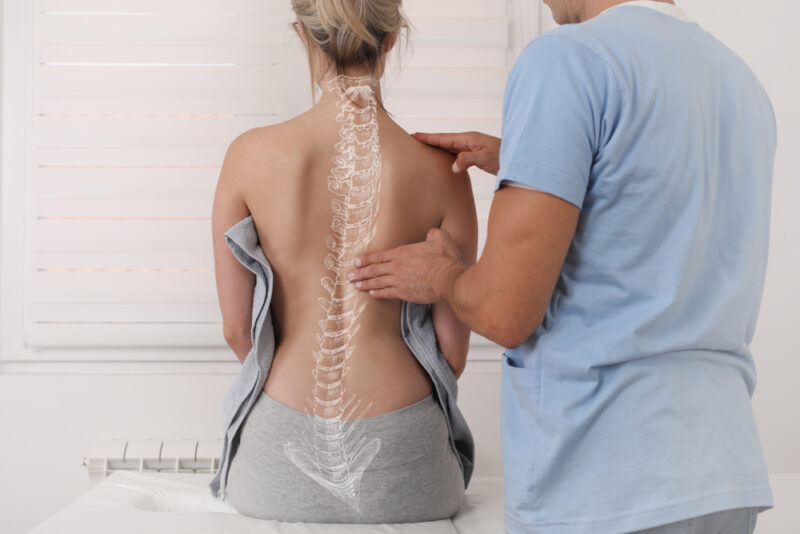
The Importance of Good Posture for Spinal Health
Spinal health is a cornerstone of our overall well-being, influencing everything from how we move to how we feel on a daily basis. However, one critical aspect that often goes overlooked is the significant role that posture plays in maintaining the health and integrity of our spine. Poor posture can lead to a host of spinal problems, including chronic pain, reduced mobility, and even long-term degenerative conditions. Yet, with the hustle and bustle of modern life, maintaining proper posture can easily fall by the wayside. This blog post aims to shed light on the importance of good posture in spinal health, exploring how our daily habits influence our spinal wellbeing, the benefits of maintaining a proper posture, and practical tips for incorporating good posture into our lives. By understanding and addressing the nuances of spinal health and posture, we can take proactive steps towards a healthier, more comfortable life.
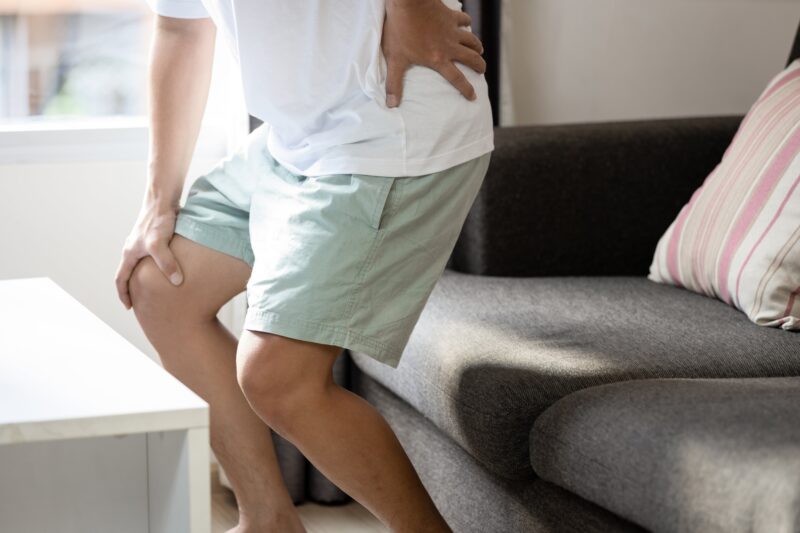
Common Causes of Lower Back Pain and How to Address Them
Asian middle aged man suffer from painful in waist,backache in lumbar region,sciatica nerve pain affecting the lower back through hips to leg,degenerative disease of spine,compression of spinal nerve

Understanding Basic Spinal Anatomy
The human spine is a complex and vital structure in our body, playing several crucial roles, including supporting the body’s weight, providing flexibility for movement, and protecting the spinal cord. Understanding the basics of spinal anatomy can help you grasp the importance of spinal health and the implications of spinal disorders. This blog aims to demystify spinal anatomy, by breaking it down into its essential components and their functions.
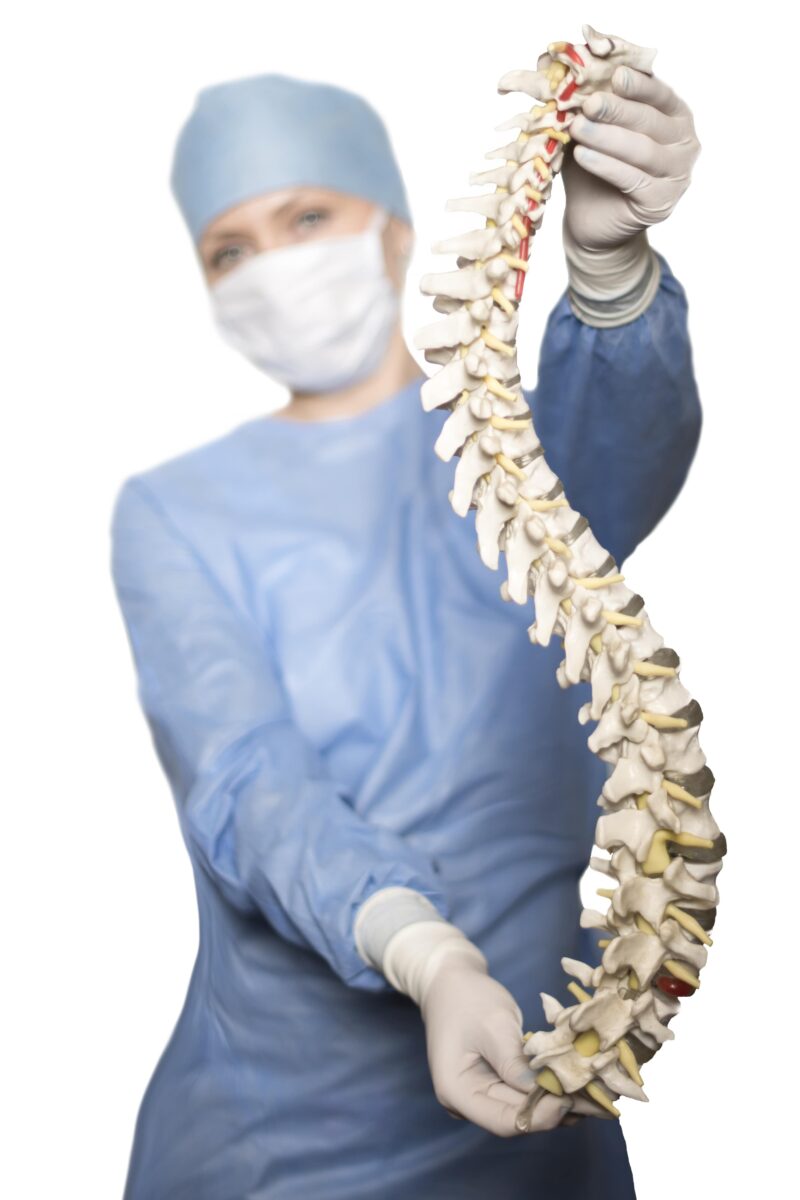
Surgical Treatments for Spinal Stenosis
Spinal stenosis, a condition characterized by the narrowing of spaces within the spine, can cause significant discomfort and limitations for those affected. This condition often leads to pain, numbness, and muscle weakness, primarily when it compresses the nerves traveling through the spine. In this blog, we’ll delve into the nature of spinal stenosis and explore the surgical treatments available for this condition.
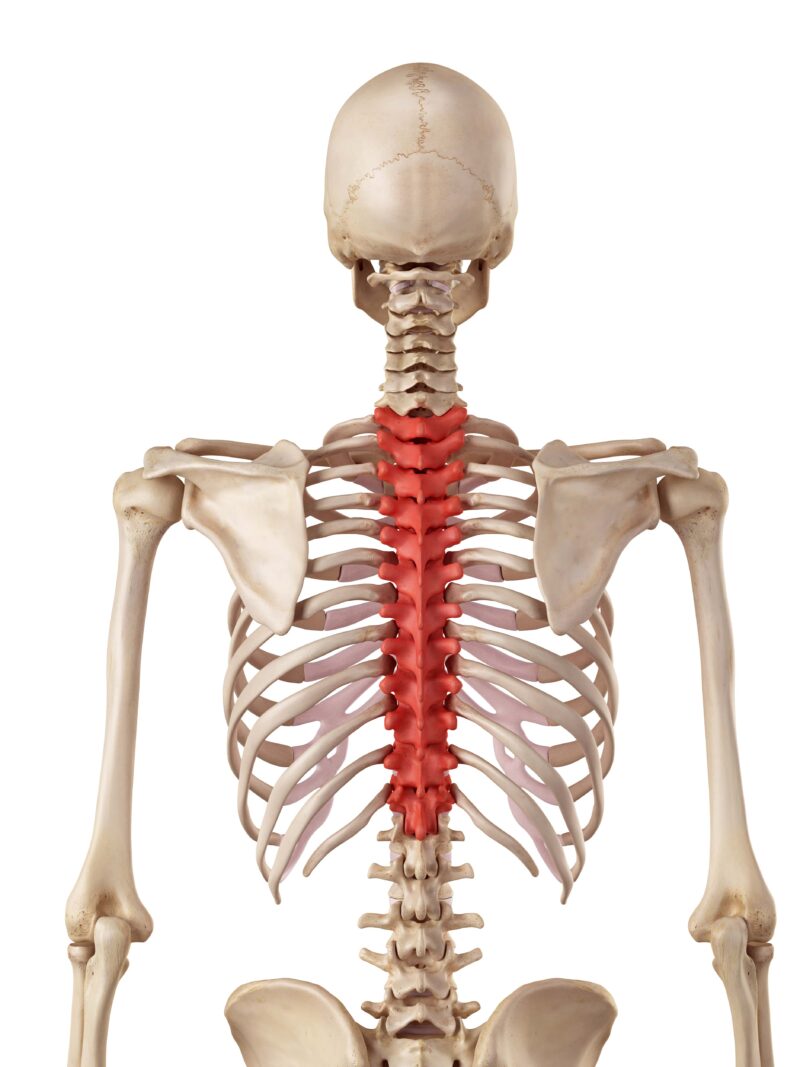
What You Should Know About Upper Back Pain
Upper back pain, although less common than lower back pain, can still significantly affect daily life, leading to discomfort and hindering one’s ability to perform simple tasks. Understanding the causes of upper back pain, its symptoms, and when to consult a spinal specialist is crucial for timely and effective treatment. This blog post delves into these aspects, aiming to provide valuable insights into managing upper back pain effectively.
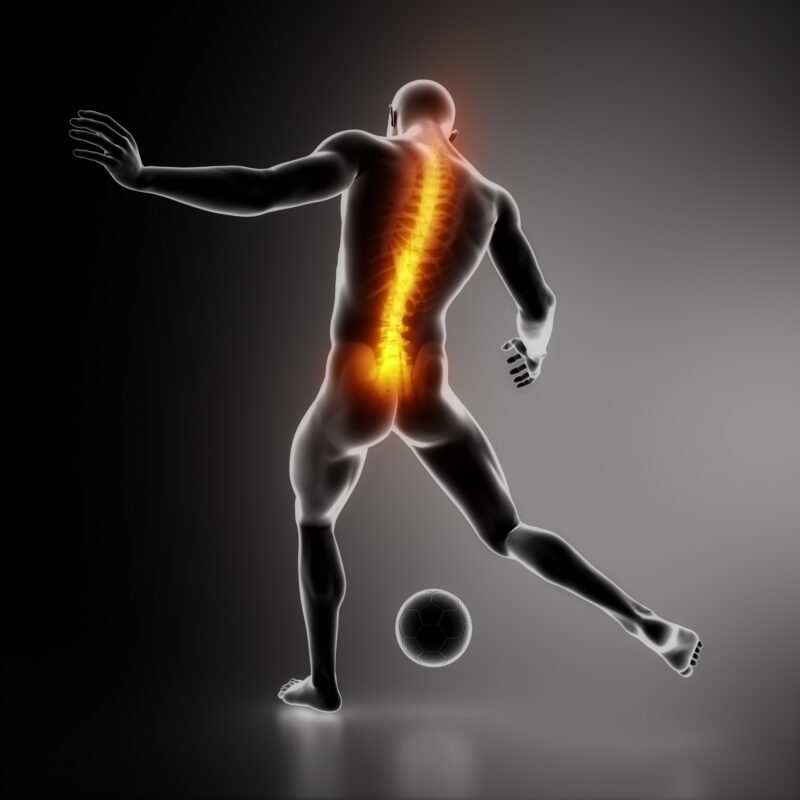
Sports and Spine Injuries: What You Need to Know
Spinal health is a critical aspect of overall well-being, especially for athletes and individuals engaged in regular physical activity. Sports and spine injuries can be debilitating, affecting not only performance but also daily life. Understanding these injuries, their prevention, and treatment options is essential for maintaining a healthy and active lifestyle. Here’s what you need to know about sports and spine injuries.

What is Scheuermann’s Disease?
Back pain is a common ailment affecting millions worldwide, with numerous potential causes that can make diagnosis and treatment a complex process. Among these conditions is Scheuermann’s disease, a relatively lesser-known cause of back pain, particularly in adolescents and young adults. This guide aims to demystify Scheuermann’s disease, offering insight into its definition, causes, symptoms, diagnosis, and treatment options.
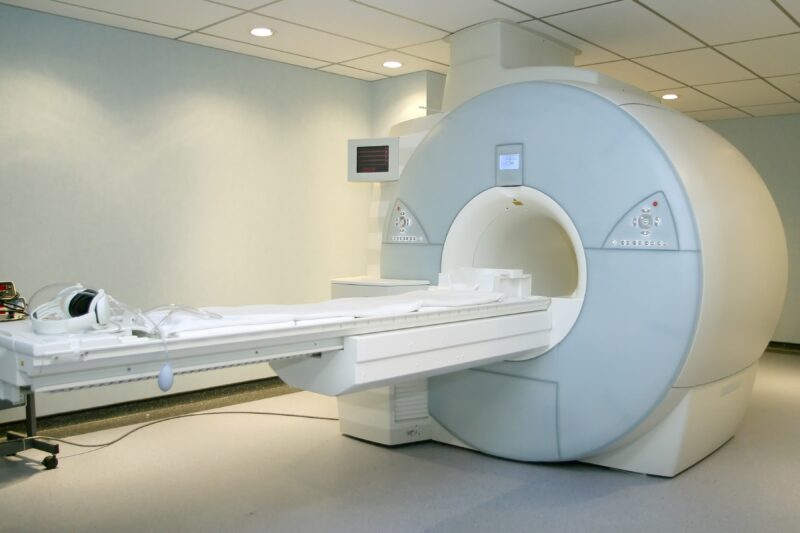
The Importance of Diagnostic Imaging in the Management of Spinal Conditions
Spinal conditions, ranging from acute injuries to chronic diseases, can have a profound impact on an individual’s quality of life. Managing these conditions effectively is crucial, and diagnostic imaging plays a pivotal role in this process. In this blog, we’ll explore the significance of diagnostic imaging in the diagnosis, treatment, and management of spinal conditions.
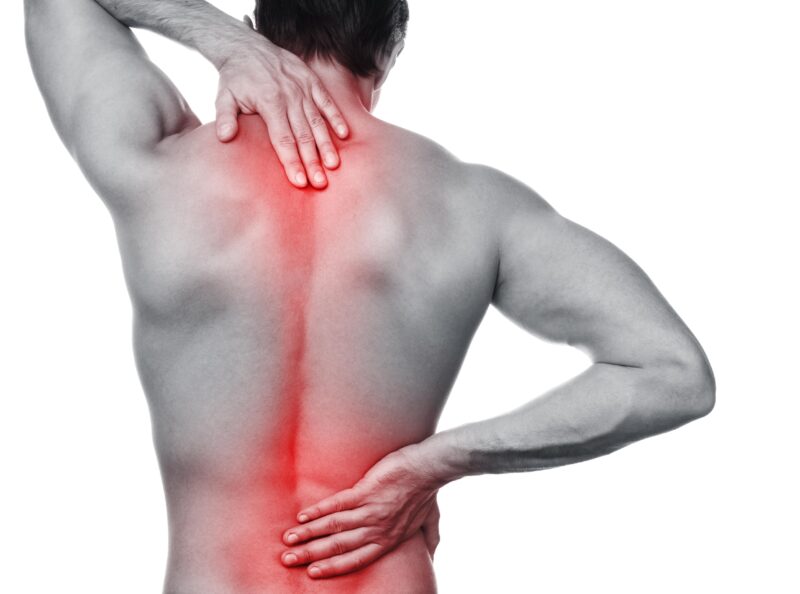
The Top Causes of Spinal Cord Injuries and How to Prevent Them
Spinal cord injuries can be life-altering events, with far-reaching consequences on an individual’s quality of life. Understanding the top causes of spinal cord injuries and learning how to prevent them is crucial. This blog will explore these causes and provide practical advice on how to minimize the risk of such injuries.

What Types of Spinal Surgeries Can Be Performed Using a Minimally Invasive Technique
Minimally invasive spine surgery (MISS) represents a revolutionary approach in the field of spinal surgeries, aiming to reduce the trauma associated with traditional open surgeries. This technique has become increasingly popular due to its benefits like smaller incisions, reduced muscle damage, less pain postoperatively, and quicker recovery times. In this blog post, we’ll explore various types of spinal surgeries that can be performed using minimally invasive techniques.
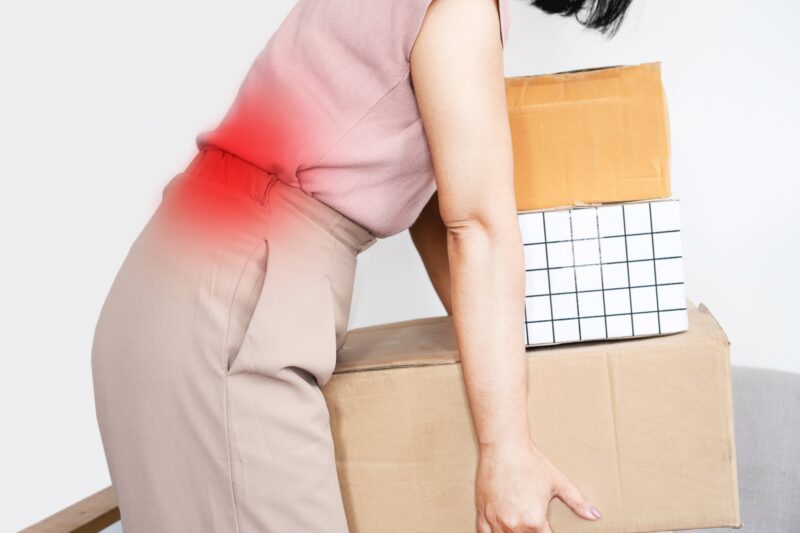
7 Things That Are Making Your Back Pain Worse
Back pain is a common issue that affects many people at various stages of their lives. It can be a result of numerous factors, some of which might not be immediately obvious. If you’re struggling with back pain, it’s essential to consider these seven factors that could be making it worse.










 in CA by O360®
in CA by O360®